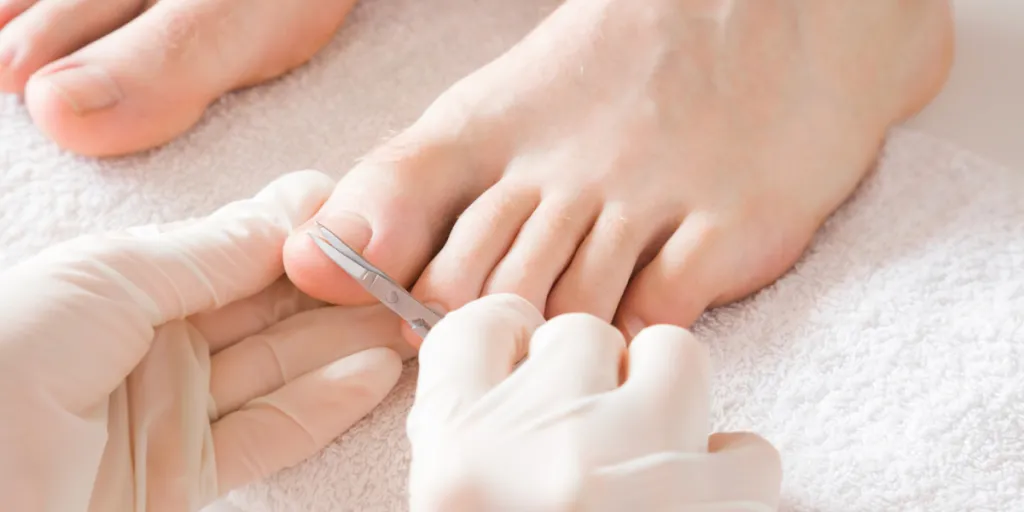In the world of perfect manicures, where style meets precision, the humble manicure scissors take center stage. These simple tools are crucial for achieving a perfectly groomed and polished nail look.
But, like choosing the right polish shade, picking the ideal manicure scissors requires careful thought. While most retailers overlook them, it’s one of the best ways to ensure consumers like what they offer.
So, this article will explore all the factors businesses must consider before stocking up on manicure scissors in 2024.
Table of Contents
Why are manicure scissors important?
Will manicure scissors remain profitable in 2024?
5 factors to consider before adding manicure scissors to your inventory
The bottom line
Why are manicure scissors important?
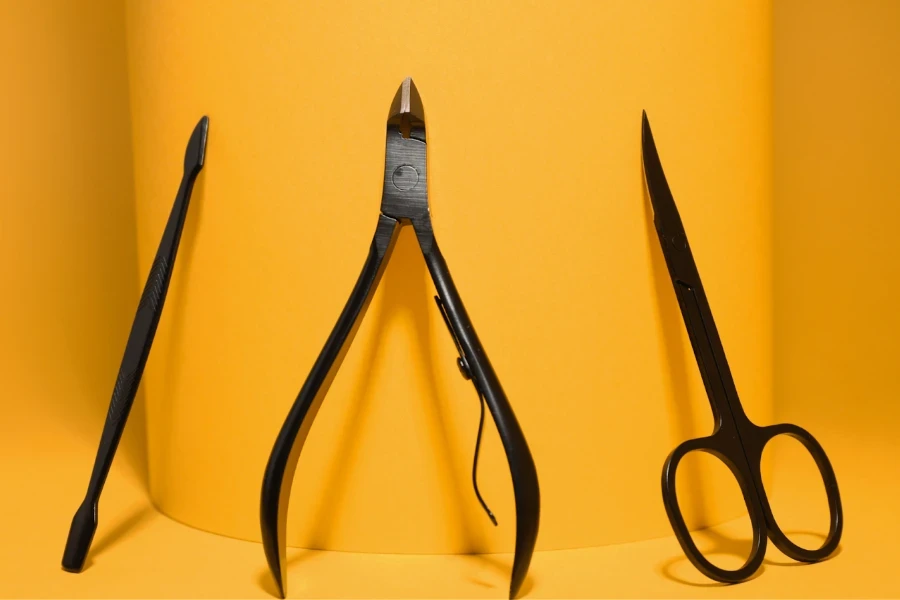
Manicure scissors are handy tools for taking care of nails. They help trim and shape fingernails and toenails precisely, making it easy for consumers to keep their nails neat and polished.
In addition, these scissors are great for gaining control and accuracy in personal care routines. They have sharp, pointed tips that help users reach tight corners and trim excess cuticles.
Speaking of tight corners, consumers often use these scissors to manage handrails—those annoying bits of torn skin around the nails. The small, pointed blades are perfect for gently trimming these tiny (sometimes painful) protrusions, relieving users and stopping more irritation.
Beyond nail care, manicure scissors are great for shaping and trimming eyebrows. Some people also use them to groom facial hair in small areas that need precise attention.
Will manicure scissors remain profitable in 2024?
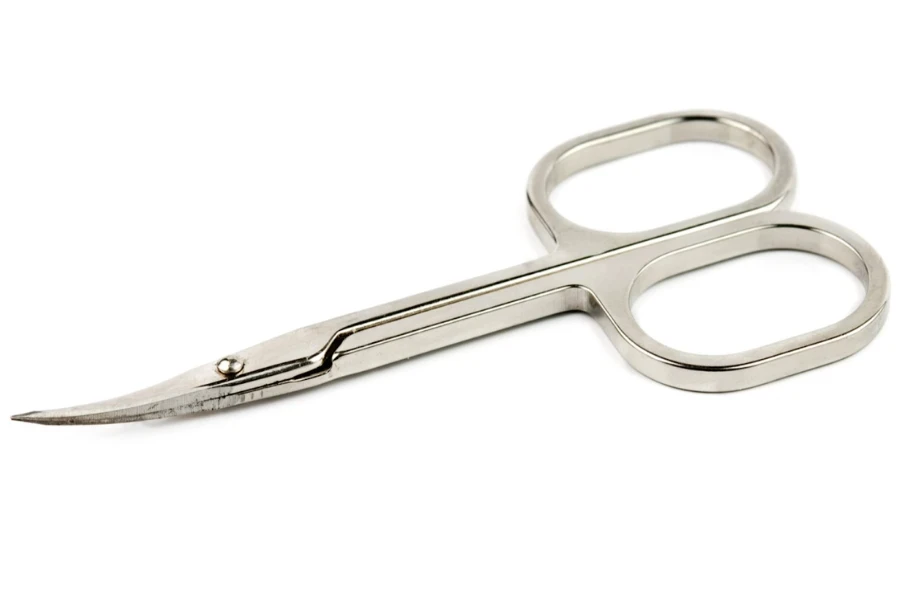
The global nail scissors market is expected to grow, driven by the increasing demand for nail care products and tools and a growing focus on personal grooming.
According to research, the market achieved a US $25 billion value in 2023, with forecasts expecting it to hit US $30 billion by 2030, growing at a 25% compound annual growth rate (CAGR).
In addition, experts attribute the market’s stability to the rising awareness of nail health, the prevalence of nail salons, and the increasing popularity of manicures and pedicures.
5 factors to consider before adding manicure scissors to your inventory
1. Material quality
Material quality is a big deal because it affects how well the scissors will work, last, and groom or take care of the user’s nails. Good-quality materials help the scissors stay sharp and durable, ensuring they keep working well for a while.
Stainless steel is popular for manicure scissors because of its corrosion resistance and durability. Opting for high-quality stainless steel ensures the scissors stay sharp, allowing for clean, precise cuts over numerous uses.
Alternatively, sellers can opt for titanium manicure scissors. They offer similar advantages to steel but with added strength, durability, sleek finishes, and lightweight. However, they’re more expensive than stainless steel, making them great for consumers who don’t mind the extra cost.
Here are other materials businesses can find on manicure scissors:
- Carbon steel: Similar to stainless steel variants, carbon steel is durable and holds a sharp edge well. However, it may be more prone to corrosion and rust.
- Ceramic: Some manicure scissors feature ceramic blades. Ceramics are widespread for their sharpness and corrosion resistance, although they may be more brittle than metal alternatives.
- Alloys: Some manufacturers make manicure scissors from special metal alloys, combining the strengths of different materials to get desirable properties like enhanced durability and corrosion resistance.
2. Blade type
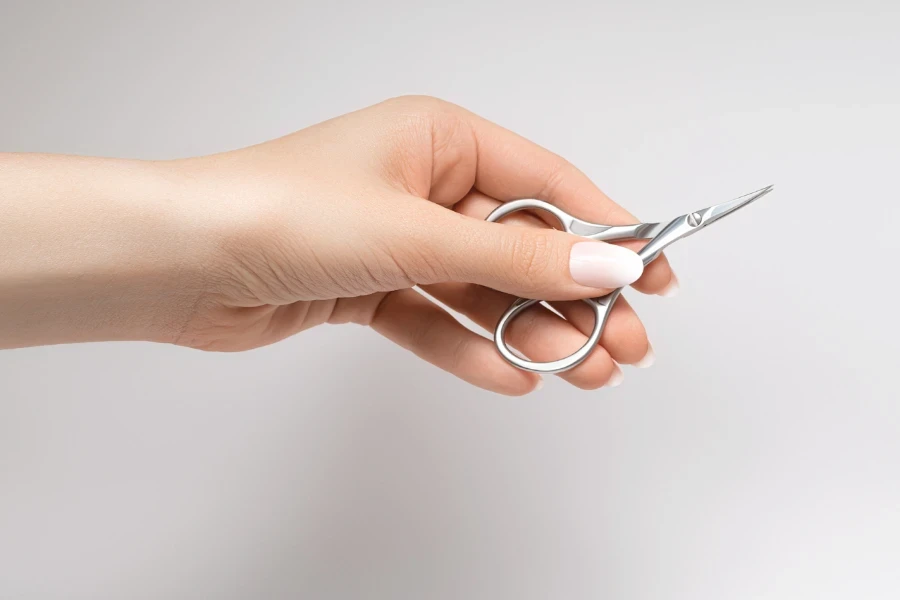
Manicure scissors offer various blade types for different applications. Each blade type influences the scissors’ functionality, precision, and versatility in grooming tasks.
- Straight blades: Manicure scissors with straight blades are versatile and commonly used for general nail trimming and shaping. They provide clean and even cuts, making them suitable for various nail care tasks.
- Curved blades: Scissors with curved blades have designs that easily follow the nail’s natural curve. For instance, they’re particularly useful for shaping and trimming nails along the curve for a more tailored and contoured finish.
- Serrated blades: Some scissors feature notched or serrated blades, making them effective for gripping and trimming thicker nails. These unique blade types offer additional control and prevent slipping during the cutting process.
- Pointed tips: Manicure scissors may have pointed or rounded tips. Pointed tips are great for precision tasks such as detailed cuticle work and intricate nail art. On the other hand, rounded tips are safer and help prevent accidental nicks and cuts.
- Double-curved blades: This blade type is curved both horizontally and vertically. This unique design allows intricate and detailed cuts, making them suitable for precise nail arts and grooming tasks.
3. Comfort and grip

Manicure scissors with handles that are easy to hold and maneuver will make the task more comfortable, especially during extended use. Here are some key points to consider when considering comfort and grip.
- Ergonomic design: Look for manicure scissors with ergonomic designs that fit comfortably in the user’s hand. Ergonomics considers the hand’s natural contours, reducing strain and fatigue during extended grooming sessions.
- Handle shape and size: This factor also plays a role in comfort. So, choose scissors with handles that match the size of the target user’s hand, featuring designs that allow for secure and comfortable grips.
- Finger rests or rings: Some manicure scissors have additional features like finger rests or rings. These elements provide added support and stability for the user’s fingers, enhancing control and reducing the chances of accidental slips.
- Textures or soft grip: Consider manicure scissors with textured or soft grips on the handles. These features provide a non-slip surface and a comfortable feel, improving consumer control and reducing hand fatigue.
- Left-handed vs. right-handed: Ensure the scissors suit the target consumer’s dominant hand. Some variants come with designs specific for left-handed or right-handed users, providing a more comfortable and efficient grip.
4. Size
The perfect size depends on what feels comfortable in the target consumer’s hands and the size of their nails. Generally, the blades shouldn’t be too short or long for the best experience.
Check the table below for the different blade sizes and their ideal target consumers.
| Size | Length (millimeters) | Blade length (inches) | Ideal user |
| Small | 10 mm | 0.39” | Babies and toddlers, small hands or fingers, precise cuticle work, and people with limited dexterity. |
| Medium | 18 mm | 0.71” | Perfect for most adults, general nail trimming, and consumers who prefer smaller, lightweight tools. |
| Large | 23 | 0.91” | Users with thick or hard nails and those who prefer larger grips. |
| Extra large | 28 | 1.1” | People with very large hands and for trimming thick toenails. |
5. Adjustable tension
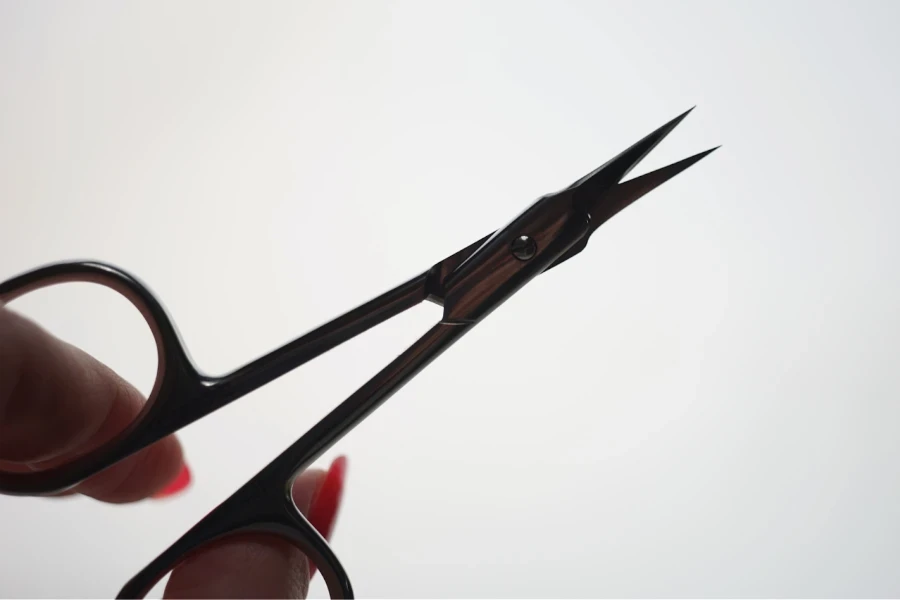
Adjustable tension allows consumers to customize their scissor blade’s tightness or looseness. This customization ensures the scissors meet their specific preferences and requirements, providing a cutting experience tailored to their liking.
But that’s not all. Adjustable tension also improves control, as users can modify resistance based on the task. Whether trimming delicate cuticles, shaping nails, or handling thicker nails, manicure scissors with adjustable tension can take it.
The bottom line
Manicures are delicate processes that leave consumers with nails that look simply amazing. But, usually, it involves preparing the nails to ensure they remain neat after pampering—that’s where manicure scissors enter the spotlight.
While consumers can use nail cutters, they don’t offer the same control and precision as manicure scissors. That’s why some consumers prefer using them for grooming and nail routines, creating opportunities for businesses to leverage for profit.
Consider the tips above to understand the type of manicure scissors target consumers will love in 2024.
